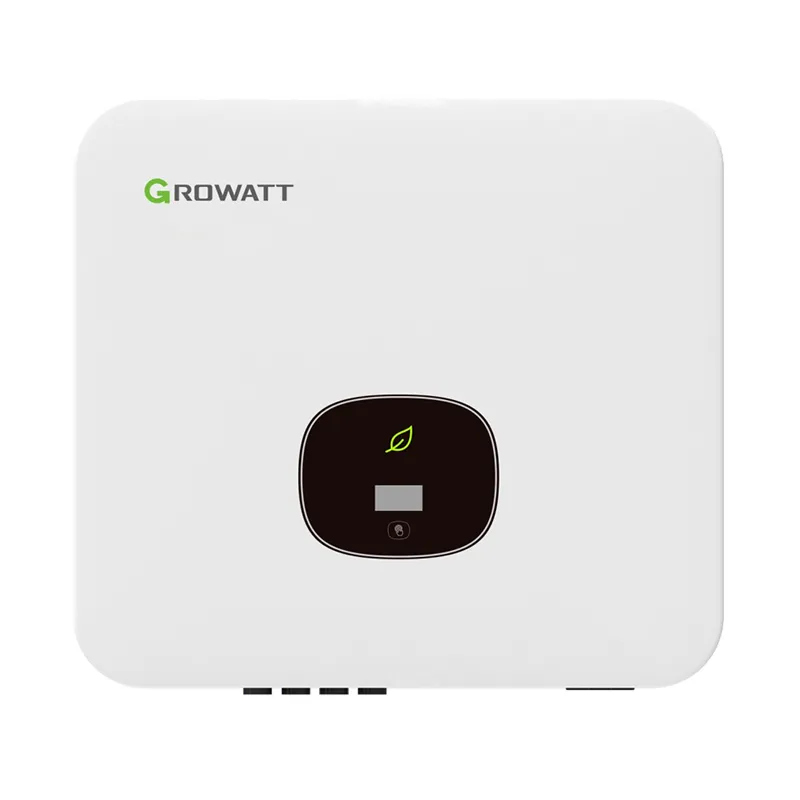solar panels what size do i need
Choosing the right size of solar panels for your needs is an essential step toward harnessing renewable energy effectively. Solar panels come in various sizes and capacities, and determining the right size depends on several factors, including your energy consumption, available space, and budget.
Understanding Your Energy Needs
The first step in selecting the appropriate size of solar panels is to evaluate your energy consumption. You can find this information on your electricity bills, where your monthly usage is usually displayed in kilowatt-hours (kWh). By analyzing your average energy consumption, you can gauge how many solar panels you might need to offset your electricity usage.
For instance, if your household consumes about 900 kWh per month, you would need to install enough solar panels to generate that amount of energy. On average, a solar panel produces around 300 watts of power per hour. To estimate the energy produced daily, you can assume about 4 to 5 hours of sunlight per day, depending on your location. For example, if you get an average of 4 hours of sunlight, a single 300-watt panel can generate about 1.2 kWh per day.
Calculating how many panels you need is relatively straightforward. If you want to generate 900 kWh per month, that breaks down to about 30 kWh per day. Dividing 30 kWh by the daily output of a single panel (1.2 kWh) suggests you would need approximately 25 solar panels to cover your energy needs completely.
Available Space and Placement
solar panels what size do i need

The next crucial factor is the available space for solar panel installation. Solar panels vary in size, but most residential panels are about 65 inches by 39 inches, covering about 17.6 square feet. Make sure to measure your roof or available land to determine how many panels can fit without obstruction from trees, chimneys, or other structures.
Keep in mind that the orientation and angle of the panels also play a significant role in their efficiency. Ideally, solar panels should face south and be installed at an angle that maximizes sunlight capture throughout the year. If your roof does not have the best orientation, you may need additional panels to compensate for any lost efficiency.
Budget Considerations
Another important aspect when deciding on the size of the solar panel system is your budget. Larger systems will typically cost more up front but can provide greater energy savings in the long run. It’s essential to weigh the cost of installation against the potential savings on your energy bills. Additionally, many governments offer incentives, tax credits, and financing options to help offset initial costs, making solar energy more accessible.
Conclusion
In summary, determining the right size of solar panels for your home involves understanding your energy needs, evaluating available space, and considering your budget. By taking a systematic approach and conducting calculations, you can efficiently size your solar panel system to meet your specific requirements. Investing in solar energy not only contributes to a sustainable future but also increases the value of your property while providing substantial savings on energy costs over time. Whether you’re aiming for complete energy independence or just looking to reduce your carbon footprint, finding the suitable solar panel size is the first step towards achieving your goals.
-
Understanding the Advantages of Solar String Inverters for Your Energy SystemNewsApr.29,2025
-
Choosing the Right PV Inverter: A Comprehensive GuideNewsApr.29,2025
-
The Future of Solar Power: Exploring Bifacial Solar PanelsNewsApr.29,2025
-
The Complete Guide to Solar Panels: Efficiency, Cost, And InstallationNewsApr.29,2025
-
The Best Options for Efficiency and Cost-EffectivenessNewsApr.29,2025
-
Harnessing the Power of Off-Grid Solar Inverters for Energy IndependenceNewsApr.29,2025







